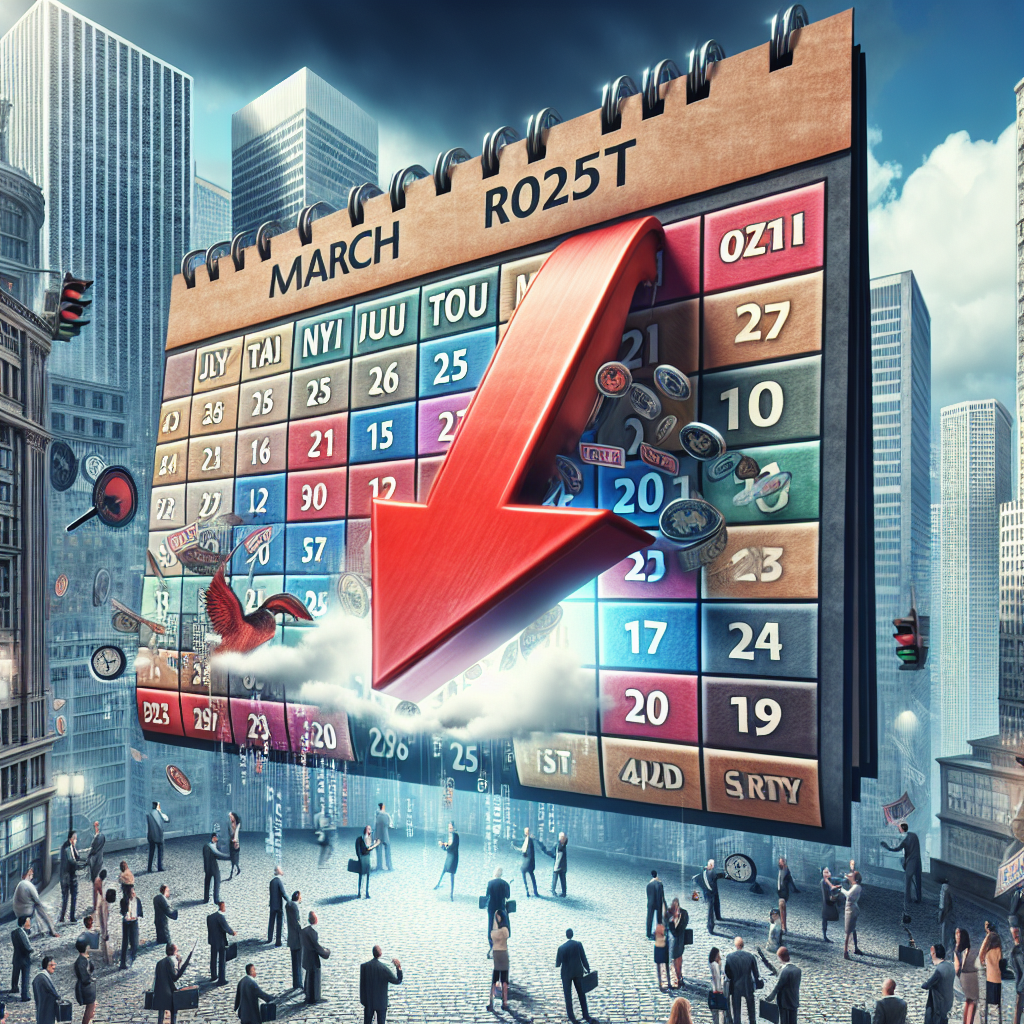
- ORIGINAL NEWS
Wall Street pushes out rate-cut expectations, sees risk they don’t start until March 2025
- SUMMARY
Amidst rising inflation concerns, the Federal Reserve (Fed), led by Chair Jerome Powell, has indicated a cautious stance toward reducing interest rates.
While economists had anticipated rate cuts in September or December, the latest remarks from Powell suggest a delay or even the possibility of no cuts this year.
The crux of the Fed’s hesitation stems from inflation remaining stubbornly above the targeted 2%.
Powell emphasized the need for “further progress” in lowering inflation.
Mark Zandi, chief economist at Moody’s Analytics, believes the Fed may require several consecutive months of inflation data aligned with the 2% goal, indicating September as the earliest potential timeframe for rate cuts.
Market expectations have shifted accordingly, with current probabilities favoring a 71% chance of a September cut and a 44% chance of a July cut.
However, the possibility of no rate cuts this year now stands at approximately 11%.
Bank of America economists caution that the Fed may withhold cuts until March 2025 at the earliest, citing the persistent inflation threat.
On the other hand, Citigroup remains optimistic about rate cuts beginning in June or July, hoping for favorable inflation data.
Goldman Sachs also slightly adjusted its forecast to July.
Despite the divergent views, there is widespread agreement that the Fed will remain data-dependent.
If inflation numbers improve, the Fed could pivot towards easing.
Conversely, persistent inflation could lead to a policy mistake, potentially destabilizing the labor market and the finance sector.
Ultimately, economists and strategists believe the Fed will continue cautiously, monitoring inflation data closely and considering both upside and downside risks to the economy.
- NEWS SENTIMENT CHECK
- Overall sentiment:
negative
Positive
“Hope remains that the inflation data turns lower in the next few months and gives the Fed room to ease.”
“Citigroup, for example, still expects the Fed to begin easing in June or July and to cut rates several times this year.”
Negative
“Economists and strategists now see the Fed waiting until at least September to cut interest rates and are increasingly entertaining the possibility of no reductions at all this year.”
“If there was any doubt before, Federal Reserve Chair Jerome Powell has pretty much cemented the likelihood that there won’t be interest rate reductions anytime soon.”
“That’s because Powell on Tuesday said there’s been “a lack of further progress” on lowering inflation back to the Fed’s 2% target, meaning “it’s likely to take longer than expected” to get enough confidence to start easing back on policy.”
“”They’ve got the economy right where they want it. They now are just focused on inflation numbers. The question is, what’s the bar here?” said Mark Zandi, chief economist at Moody’s Analytics.”
“With most readings putting inflation around 3% and not moving appreciably for several months, the Fed finds itself in a tough slog on the last mile toward its goal.”
“Market pricing for rate cuts has been highly volatile in recent weeks as Wall Street has chased fluctuating Fed rhetoric.”
“Traders were pricing in about a 71% probability that the central bank indeed most likely will wait until September, with the implied chance of a July cut at 44%, according to the CME Group’s FedWatch gauge.”
“For instance, Bank of America economists said there is a “real risk” that the Fed won’t cut until March 2025 “at the earliest””
“The uncertainty has spread through the Street. The market-implied odds for no cuts this year stood around 11% on Wednesday, but the possibility can’t be ignored at this point.”
“With the inflation data exceeding expectations to start the year, it comes as little surprise that the Fed would push back on any urgency to cut, especially given the strong activity data.”
“Powell and his fellow policymakers “will be pleasantly surprised” by inflation data in coming months, wrote Citi economist Andrew Hollenhorst, who added that the Fed “is poised to cut rates on either slower year-on-year core inflation or any signs of weakness in activity data.”
“The possibility of a stubborn Fed raises the possibility of a policy mistake. Despite the resilient economy, higher rates for longer could threaten labor market stability, not to mention areas of the finance sector such as regional banks that are susceptible to duration risk posed to fixed income portfolios.”
“A Fed policy mistake “is the most significant risk to the economy at this point. They’ve already achieved their mandate on full employment. They’ve all but achieved their mandate on inflation,” Zandi said.”
